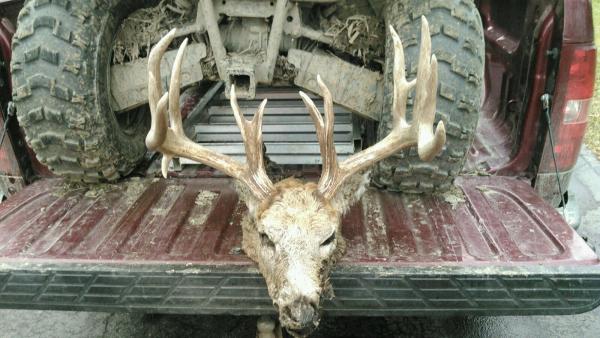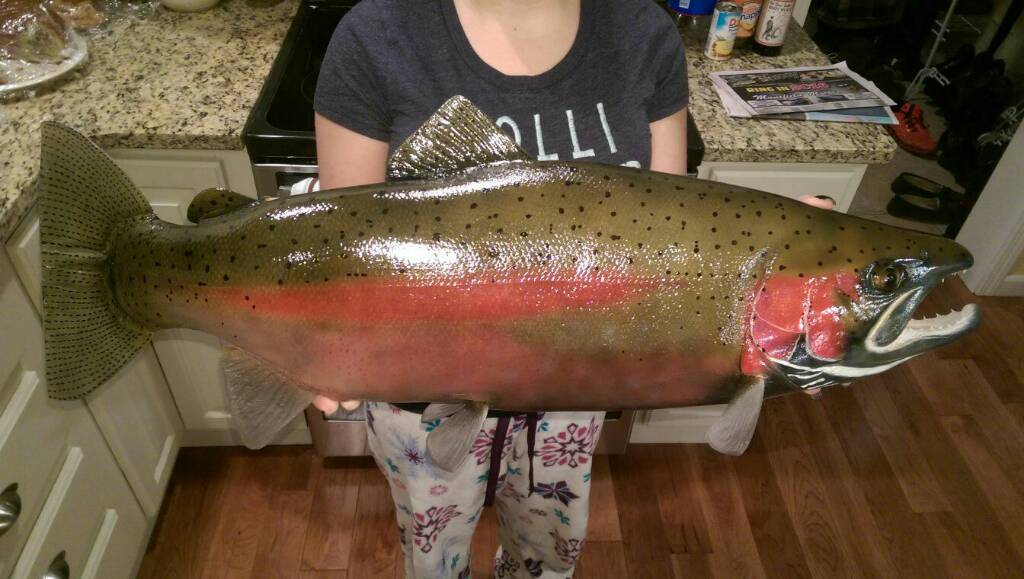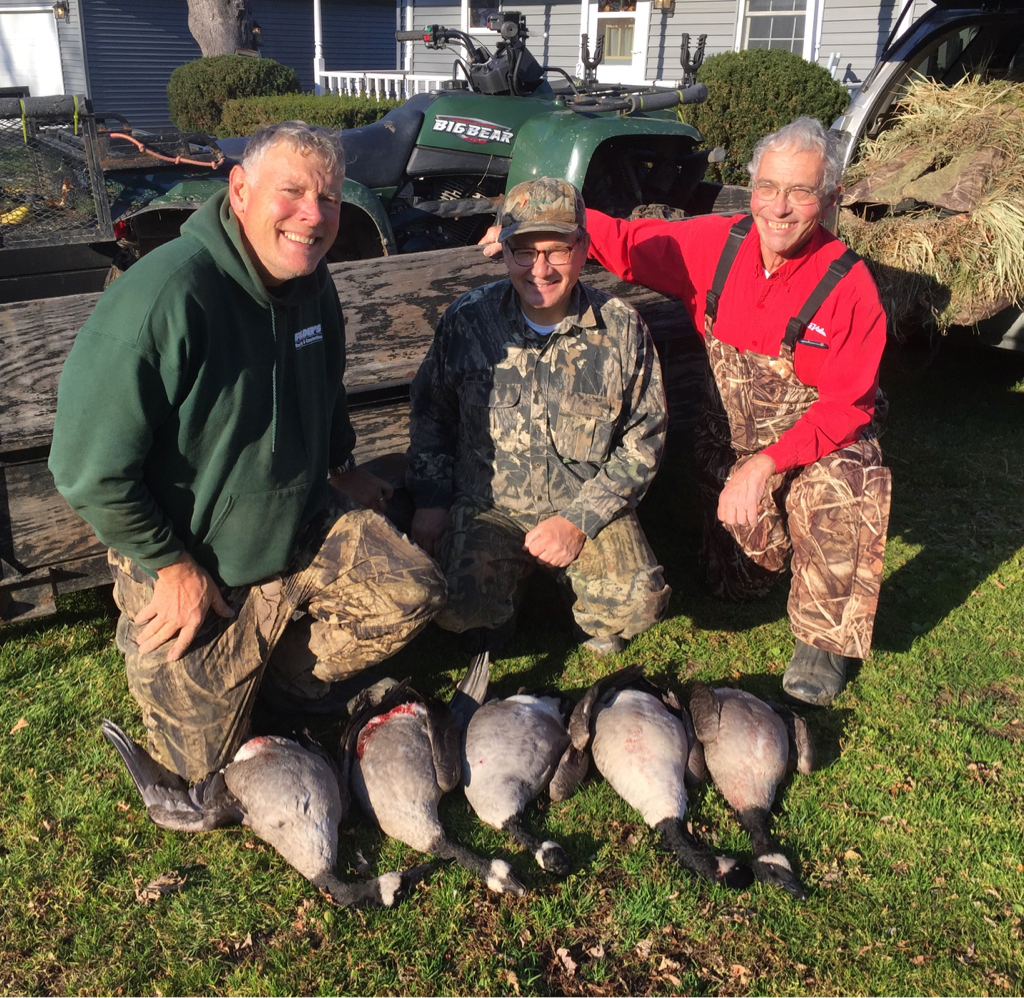........Home » Public Involvement and News » News » Press Releases » DEC Announces Successful Fall Egg Take Reports
For Release: Tuesday, January 12, 2016 DEC Announces Successful Fall Egg Take Reports Successful Collection of 16.8 Million Eggs Ensure Strong Stocks for Hatchery ProgramState Department of Environmental Conservation (DEC) and partner agencies successfully collected 16.8 million eggs for all species and strains of fish, setting the stage for another successful year at the states fish hatcheries, the agency announced today. Each year, DEC staff carefully collect eggs from wild and captive adult fish to begin the rearing cycle for various species at DEC fish hatcheries.
"New York's fish hatchery system is a vital part of our effort to sustain our popular and economically important recreational fisheries, and foster restoration of rare native fish," said Acting DEC Commissioner Basil Seggos. "I am pleased that we're off to a good start, and through Governor Cuomo's NY Open for Fishing and Hunting Initiative, we are able to provide ample fish to meet future stocking requirements. I encourage everyone to visit one of DEC's hatcheries and learn about the world class efforts of our talented and dedicated fish hatchery staff."
Chinook and coho salmon eggs are taken each year at the Salmon River Hatchery, a process that is viewed by thousands of visitors to the hatchery. Despite concerns over the warm, dry fall impacting productivity, 3.74 million Chinook and 2.39 million Coho salmon eggs were collected from more than 2,000 adult salmon.
Lake trout eggs are obtained from two different sources: Cayuga Lake provides Finger Lakes strain lake trout, and Raquette Lake is the source of the Adirondack strain of lake trout currently used by DEC. The combined egg take from these waters exceeded 500,000 eggs. Additional eggs from Cayuga Lake were used to make splake - a brook trout-lake trout hybrid utilized in some waters in northern New York. DEC also provided eggs to personnel from the Ontario Ministry of Natural Resources and the U.S. Fish and Wildlife Service's Genoa (WI) National Fish Hatchery to assist with replenishment of broodstocks these partner agencies maintain as part of Great Lakes lake trout restoration efforts.
Landlocked Atlantic salmon egg collections are conducted at Adirondack Hatchery, utilizing fish from Little Clear Pond and captive broodstock maintained inside the hatchery. Approximately 1 million eggs were obtained to meet DEC program needs, and additional eggs were provided to the U.S. Geological Survey's Tunison Laboratory hatchery and to the Eisenhower National Fish Hatchery in Vermont.
To perpetuate selected native brook trout genetic resources, "heritage strain" brook trout eggs were collected from a number of wild brook trout ponds this fall. All egg collections were successful and DEC will have enough fish to meet stocking quotas for Windfall, Horn Lake, and Little Tupper strains of heritage brook trout, and be used to produce hybrid strains as part of an evaluation to improve brook trout survivability in Adirondack ponded waters.
Domestic brown, brook, and rainbow trout eggs are taken each year at DEC's Catskill and Randolph hatcheries, and with 5,993,000 brown trout eggs taken, 1,110,000 brook trout eggs taken, and 1,558,000 rainbow trout eggs successfully collected this fall. Additional brook and brown trout eggs taken at the Rome Fish Disease Control Center (Rome Lab), home of the disease resistant Rome Lab strains of these species, are retained to meet future DEC hatchery broodstock needs.
Eggs were collected from round whitefish, an endangered species in New York, in Lower Cascade Lake in late November and Little Green Pond in December. Lower Cascade Lake is a historically important broodstock water for round whitefish. Recently, fish have been stocked into Little Green Pond, near Adirondack Hatchery to supplement the eggs taken from Lower Cascade Lake fish. Although round whitefish spawn late in the season, generally around the time ice forms, due to mild weather experienced to date, the 2015 egg take was "ice free." Nearly 175,000 eggs were obtained, and rearing will occur at Oneida Hatchery and Adirondack Hatchery as part of the ongoing effort to restore this rare, native species throughout its historic New York range.
After the eggs are taken they are incubated until hatching at DEC's state hatcheries. After hatching, they are fed and cared for by DEC hatchery staff until they reach target stocking sizes. Fish from New York hatcheries are stocked in lakes, ponds, streams, and rivers throughout the state, supporting the state's $1 billion recreational sport fishery.
Governor Cuomo has expanded recreational opportunities for residents and tourists, positioning New York State as a recreation destination, connecting communities to state lands, and improving the quality of life. Governor Cuomo's NY Open for Fishing and Hunting Initiative is an effort to improve recreational opportunities for sportsmen and women and to boost tourism activities throughout the state. This includes streamlining fishing and hunting licenses, reducing license fees, improving access for fishing and increasing hunting opportunities in New York State. In support of this initiative, last year $10 million in NY Works funding has been dedicated to fish hatchery repairs and 50 new land and water access projects such as boat launches, hunting blinds, trails and parking areas.
Under the initiative, the 2015-16 Enacted Budget included an additional $8 million for state land access projects and an additional $4 million for the state's hatcheries in NY Works funding. The Budget also creates a new capital account which along with federal Pittman-Robertson funds will be used to manage, protect and restore fish and wildlife habitat, and to improve and develop public access for fish and wildlife-related recreation.





